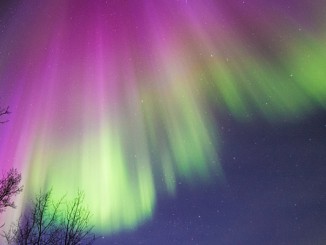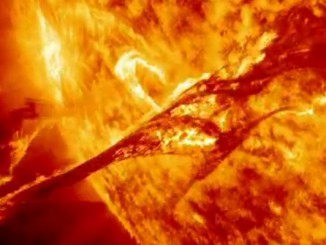
coronal mass ejection


Visualising the 9 March total solar eclipse
The total solar eclipse of Wednesday, 9 March 2016 is of relatively long duration — 4m 9s at greatest eclipse — which occurs at 1:57 UT. Totality is visible from Sumatra, Borneo, Sulawesi and the North Pacific Ocean, while the partial phases can be seen from East Asia, Australia and the Pacific Ocean. See the event unfold in these new NASA timelapse visualisations.

Understanding pulsating aurorae
Thanks to a lucky conjunction of two satellites, a ground-based array of all-sky cameras, and some spectacular aurorae boreales, researchers have uncovered evidence for an unexpected role that electrons have in creating the dancing aurorae. Though humans have been seeing aurorae for thousands of years, we have only recently begun to understand what causes them.

New model could track solar storms 24 hours before reaching Earth
Our Sun is a volatile star, producing giant clouds of solar particles called coronal mass ejections. Now scientists may finally have a tool to predict the magnetic configuration of a CME from afar, enabling forecasters to give utility grid and satellite operators a day’s advance warning to protect their systems.


